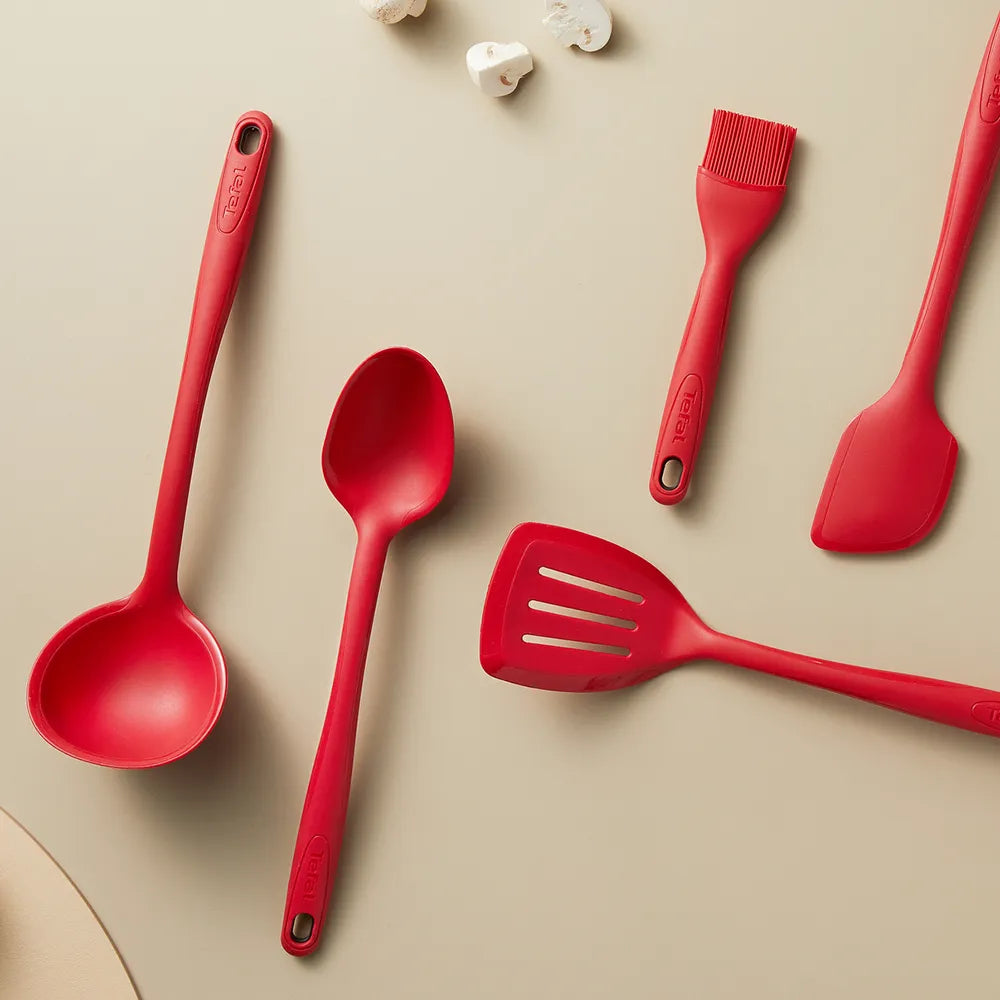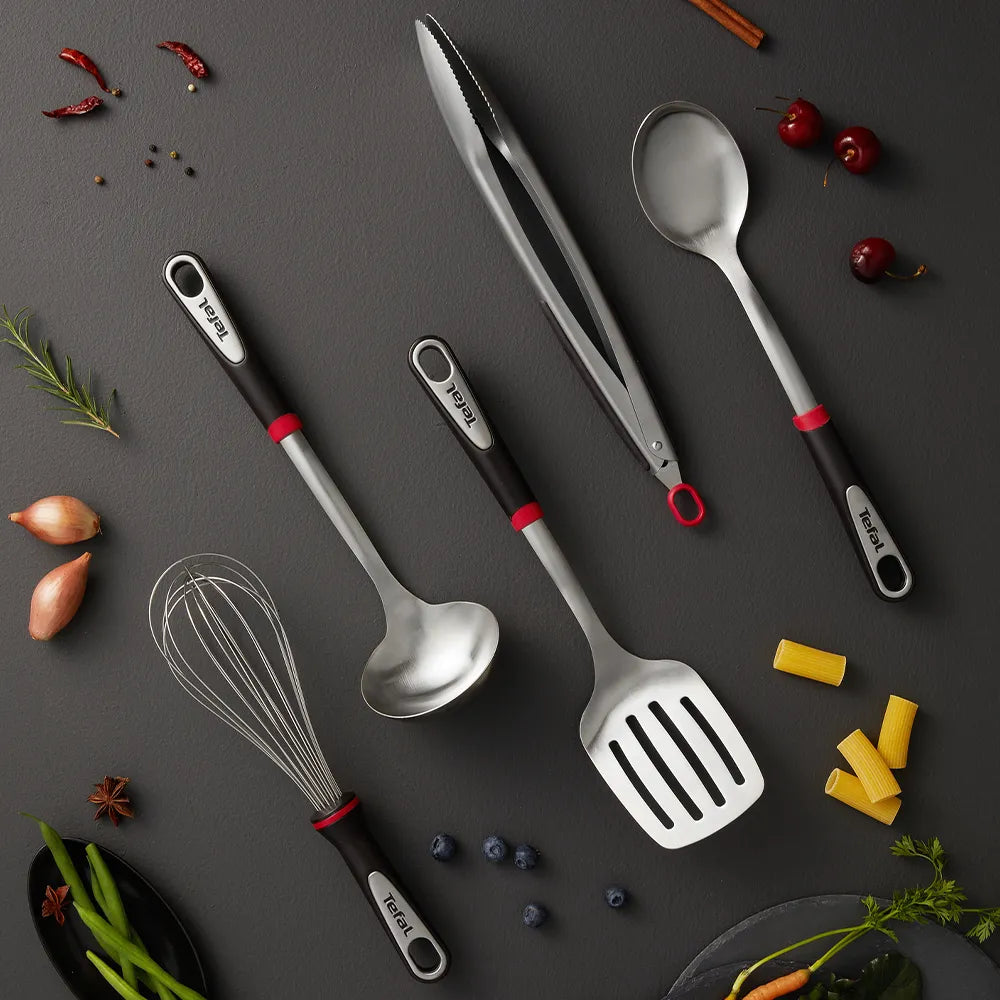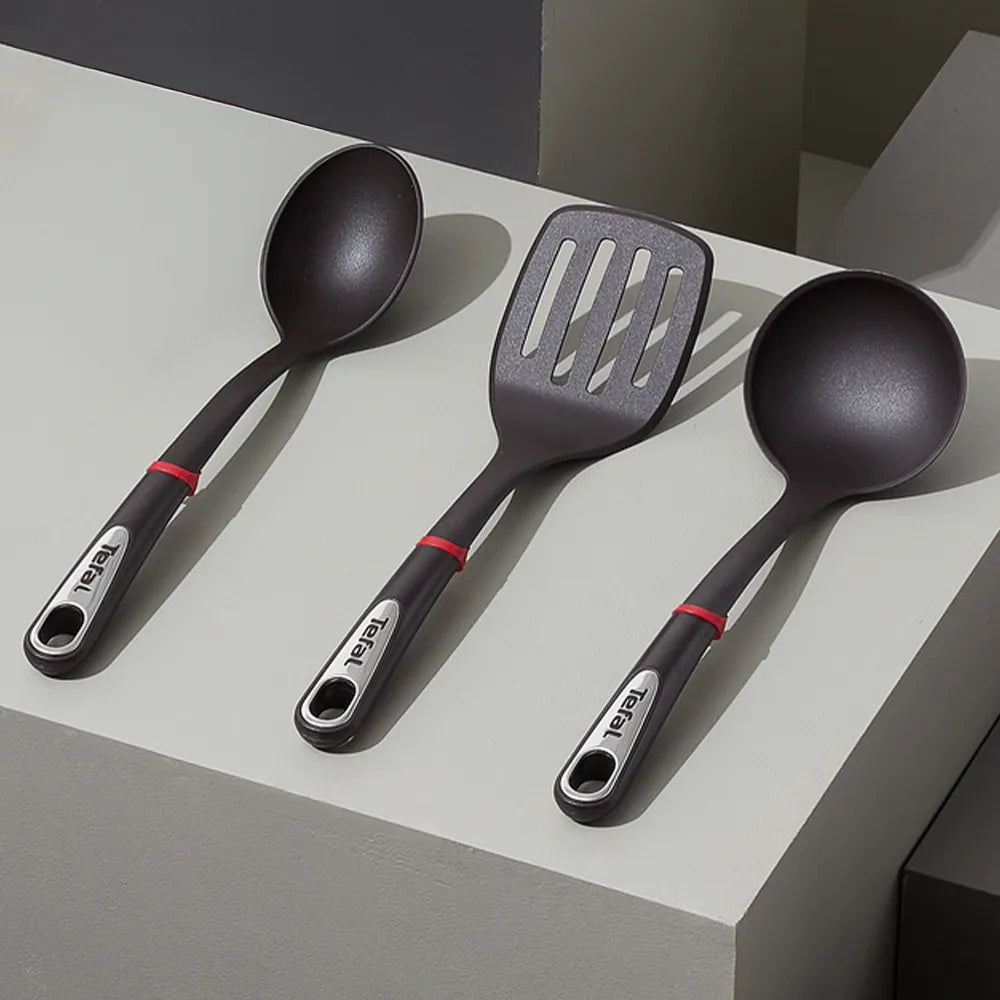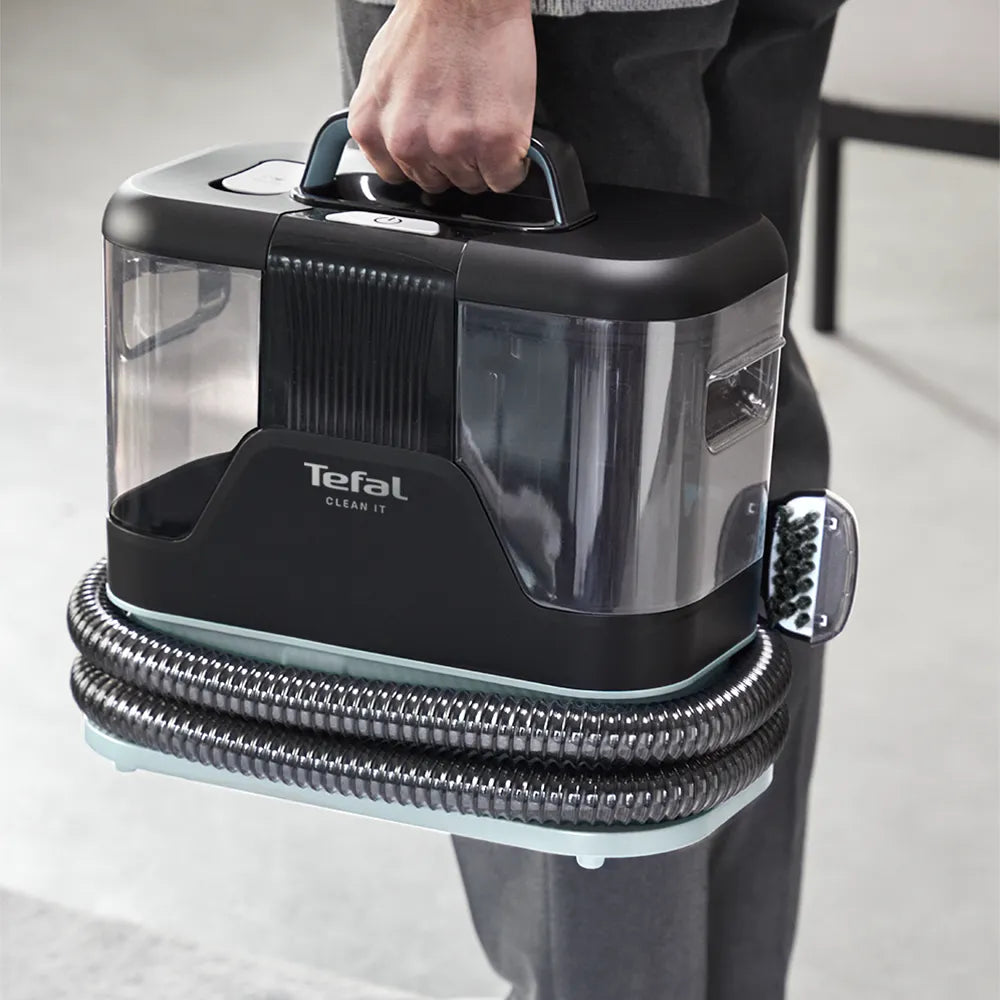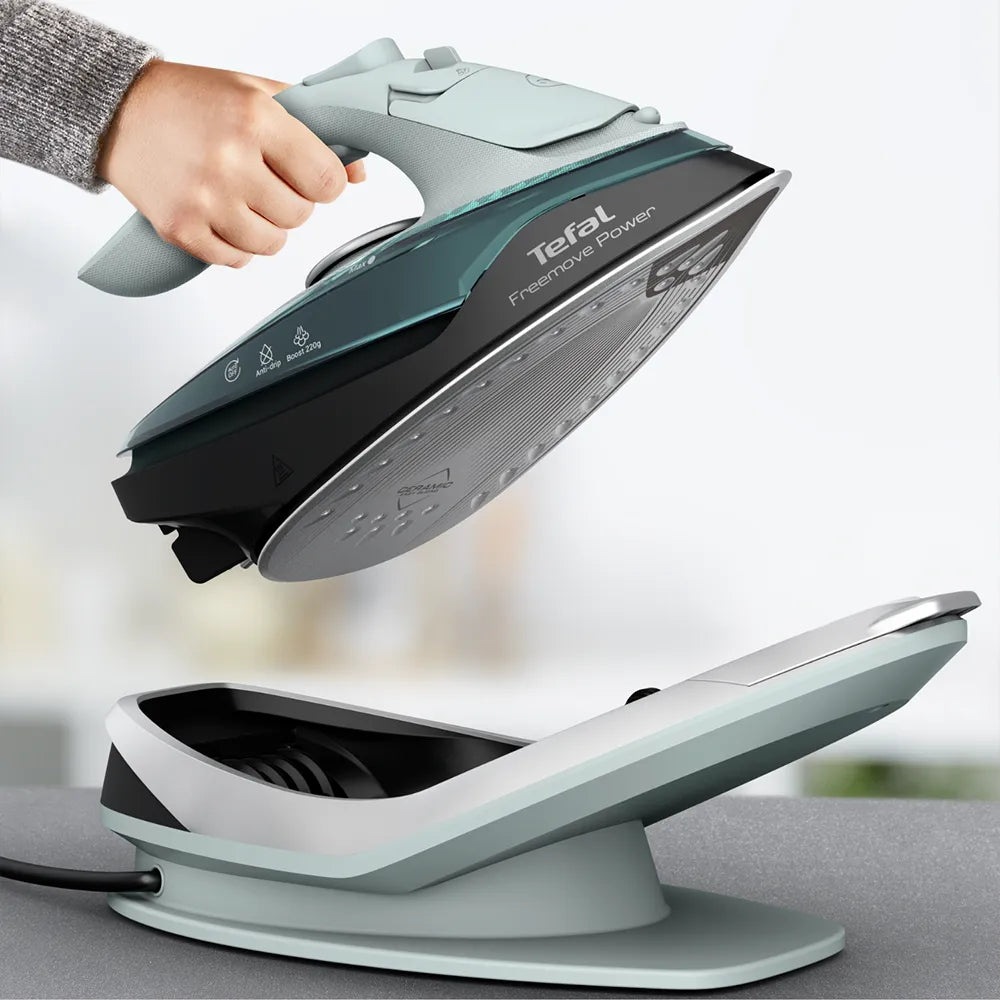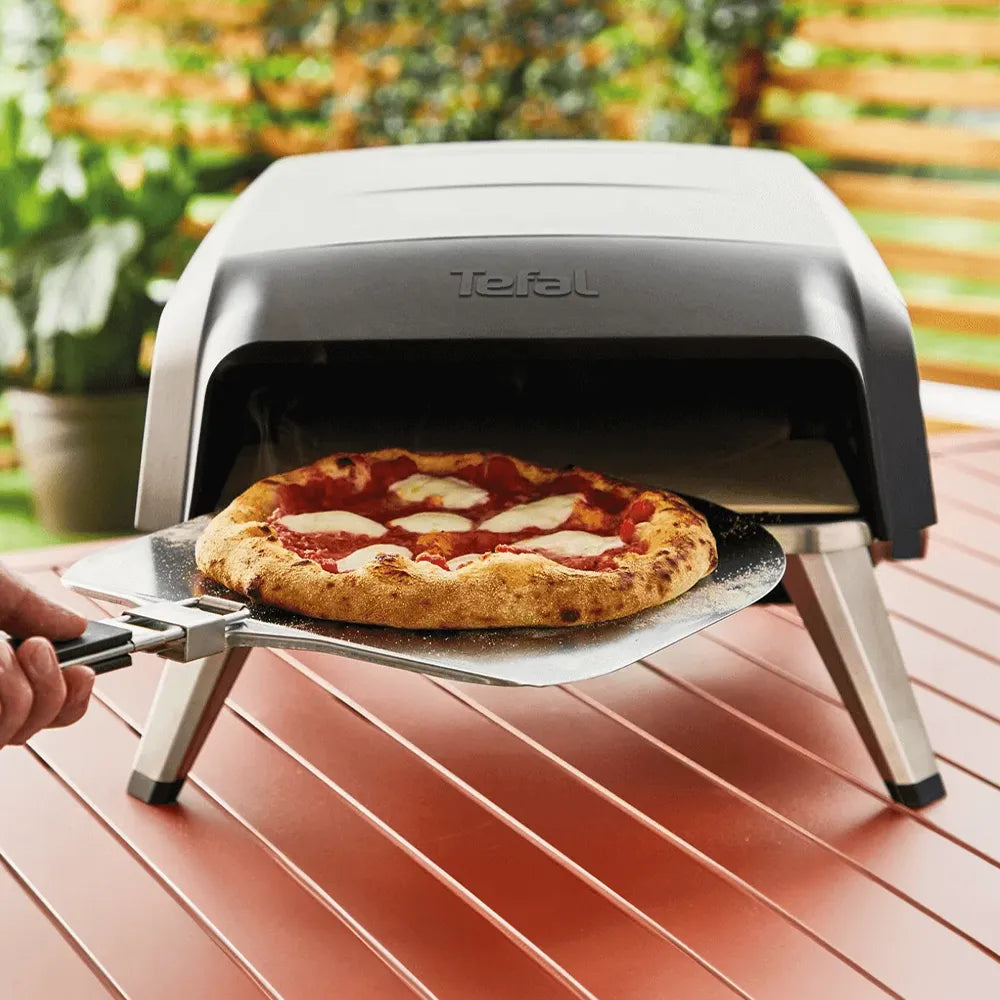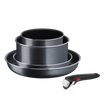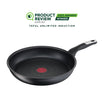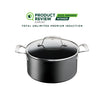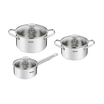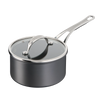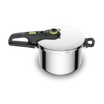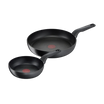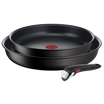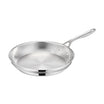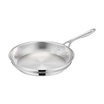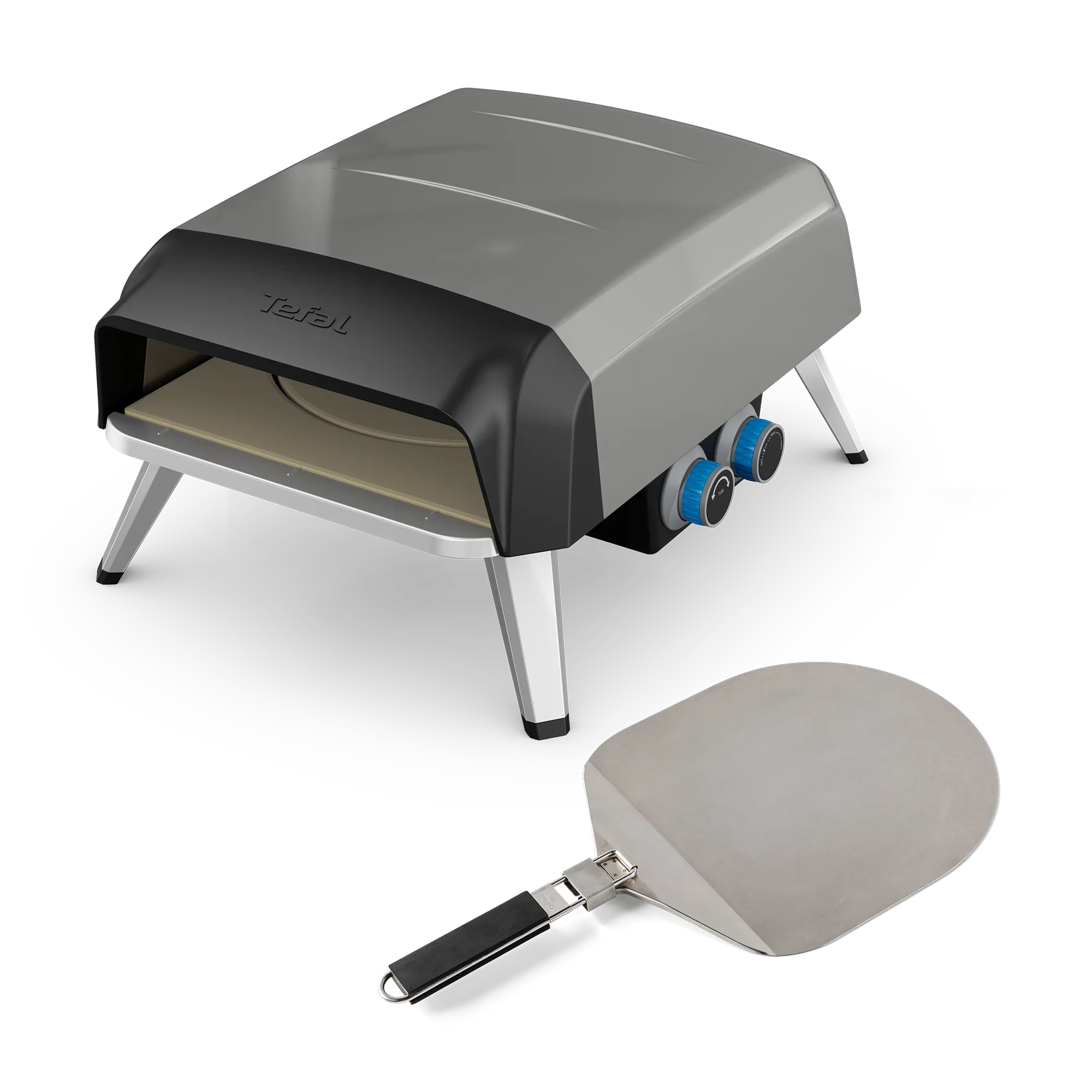Slow-fermented for 48 hours, this dough delivers unbeatable flavour, airy texture and a crisp, blistered crust. Your secret to true pizzeria-style pizza.
Dough
48h Classic Pizza Dough
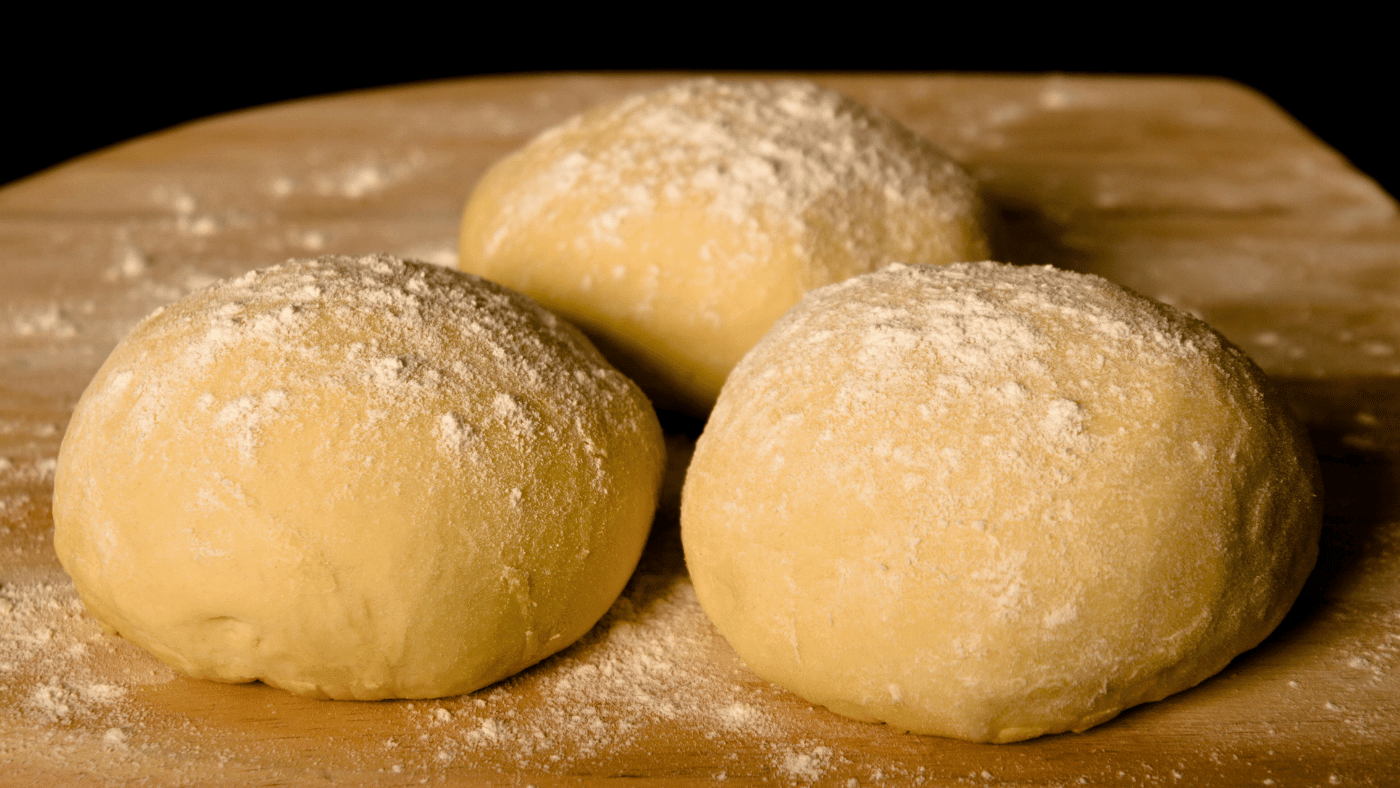

Serves
3

Prep Time
20 min + 48 h rest time

Cook Time
2 min
Ingredients
- 300 ml cold water
- 3 g fresh baker's yeast (or 1 g dried baker's yeast)
- 500 g 00 flour or pizza flour (W 240)
- 10 g olive oil
- 10 g salt (2 tsp)
- 50 g extra-fine semolina or spolvero (for dusting)
Method
- This recipe makes 3 balls of dough weighing around 270 g each (pizzas with a diameter of 30 cm).
- Please note: after refrigerating the balls of dough for 48 hours, make sure to take them out 2 hours before making and baking your pizzas, to allow them to return to room temperature.
- Warm 1/5 of the water in the microwave to between 38°C and 40°C. Be careful not to let the water get too hot as this may deactivate the yeast. Add the dried yeast to rehydrate it. Mix with a whisk. Leave to rest for 5 minutes. The yeast should be dissolved. Add this mixture to the remaining cold water. If you are using fresh yeast, dissolve it directly into cold water and use immediately.
- Prepare the dough by hand in a bowl or in a food processor fitted with a hook. Knead for around 12 minutes in total.
- In the food processor: Knead the dough on a slow speed, slowly adding your water/yeast mixture to your flour. Knead until the dough pulls away from the edges of the bowl. Add the olive oil and knead on a medium speed until absorbed (2-3 minutes). Adjust the speed if needed. Finally, add the salt and continue to knead quickly until you can no longer feel the grains of salt on the surface.
- If you’re kneading by hand: Pour the flour into the large bowl. Gradually stir in your water/yeast mixture. Rotate the bowl with one hand and, with the other hand, fold the flour from the bottom of the bowl onto the top. When the flour is combined (no more residue on the sides of the bowl), the dough can be kneaded on your work surface.
- The pizzaiolo’s technique for kneading by hand: roll out the dough, without tearing it, with the palm of your hand. Then turn the ball of dough over and give it a quarter turn, "slamming" it onto the work surface. Repeat these steps as many times as needed until you have a smooth dough.
- Put the dough back into the bowl. Add the olive oil and knead again. When the oil has been absorbed by the dough, return it to the work surface. Add the salt. Knead until you can no longer feel salt grains under the palm of your hand. The dough should be soft, smooth and fairly elastic.
- Leave the dough to rest for a quarter of an hour under cling film (or a damp tea towel) at room temperature.
- Divide the dough into 3 pieces of 270 g each. You can use a dough cutter to help. On your work surface, shape the 3 pieces into balls, making sure that the tops of the balls are smooth. Store your balls of dough in one or more plastic boxes, making sure they don't touch the edges so they rise evenly. Place your balls of dough in the fridge for 48 hours.
- Prepare your toppings.
- Turn on your oven and let it preheat (30 minutes on the highest setting).
- Use extra fine semolina (or spolvero) to dust your work surface and the underside of the dough. This will stop the dough from sticking and make it easier to move. Roll out your balls of dough, making sure each one is less than 30 cm in diameter.
- Dust the pizza peel lightly with extra fine semolina. Carefully slide the peel under the pizza dough or rotate the dough onto the peel.
- Add the ingredients of your choice to the pizza dough on the peel.
- Place the pizza in the oven and bake for around 90 seconds, turning regularly with the knob on the side of the oven to ensure it cooks evenly.
- Using the peel, take the pizza out of the oven and slide it onto a serving plate. Slice, serve and enjoy!
Tips:
- If you don't have a thermometer to check the dissolving temperature of the dried yeast, you can dip your finger in the water. If you can keep your finger in the water without discomfort for around ten seconds, the temperature is likely within the desired range.
- You can substitute the dried baker’s yeast with fresh baker’s yeast. Multiply the quantity by three: 1 g dried baker's yeast is equivalent to 3 g fresh yeast.
- To save time, use a 00 flour with a lower baking strength, such as W 200–220. Using this flour, you can refrigerate your balls of dough for just 24 hours.
- To speed up fermentation even further, leave the dough to rest for 2 hours at room temperature (ideally 23°C), before dividing it up and rolling out the balls of dough. Leave to rest at room temperature for 6 to 8 hours, then make your pizzas.
- If you have an infrared thermometer, measure the cooking temperature on the rotating stone: aim for 380–430°C.
- Use fresh products for your toppings, if possible. If they need to be prepared—marinated, for example—do this ahead of time. Choose mozzarella over Emmental, as it has a milder taste. Don't overload the toppings, as this will lead to more moisture and could cause the pizza to split in the oven.
Recommended Products
Tefal Pizza Pronto Outdoor Gas Pizza Oven JM4188
Sale price
$499.95
Regular price$699.95







